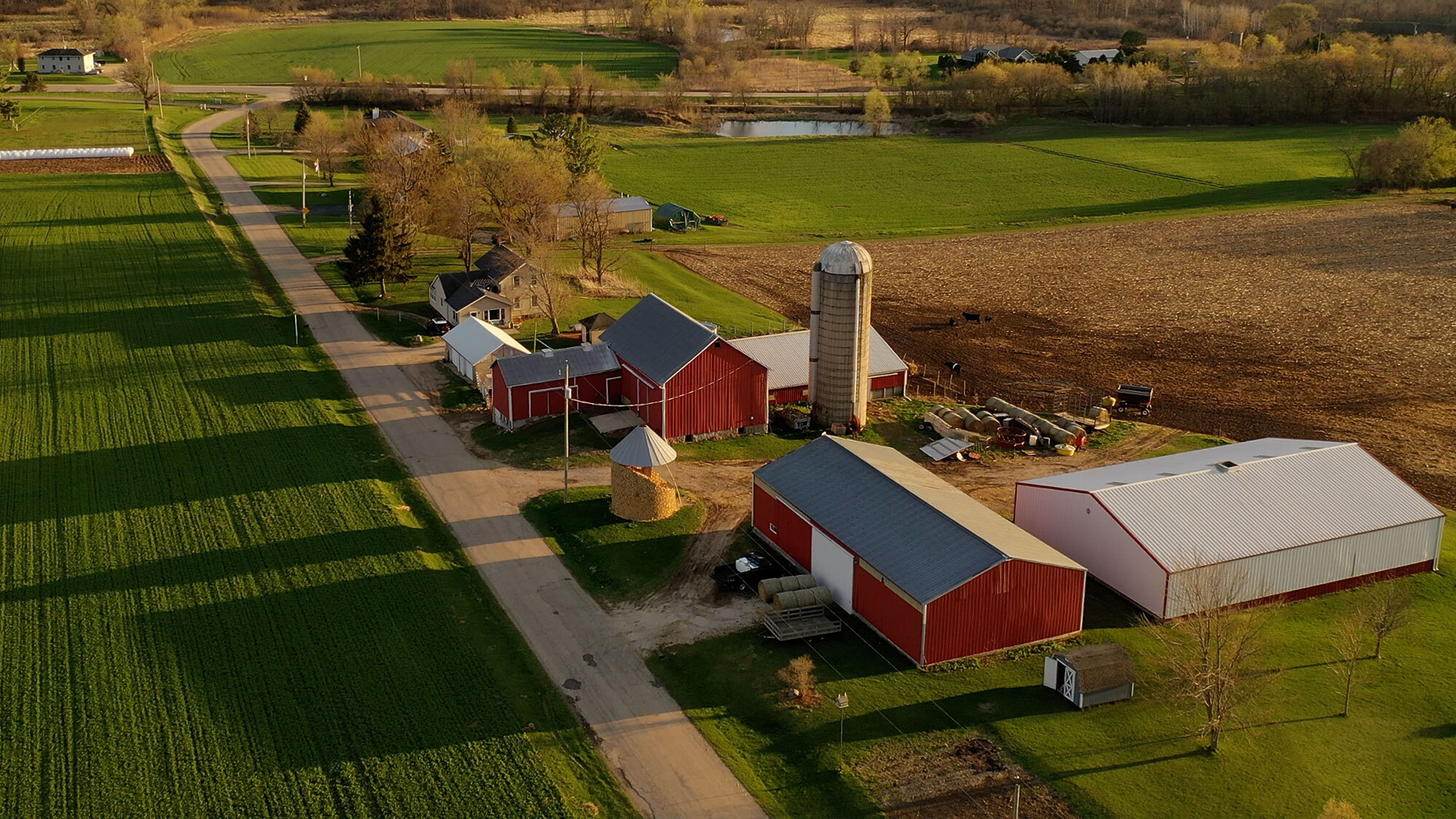- Solutions
Healthcare
- Resources
The Crisis For Rural Hospitals…Can They Be Saved?

Becker’s reported this week that there are 892 rural hospitals at high risk for closure. While the crisis of rural healthcare is nothing new, the risk of losing nearly 1 in 5 hospitals in the near future is staggering. The geography of the potential closures comes as no surprise and is concentrated in the Midwest and Southern parts of the United States with Texas, Alabama, Arkansas, Mississippi, Kansas, Iowa and Oklahoma at risk for the highest number of closures. Covid has battered these facilities that were barely hanging on into the brink of financial demise.
By the numbers, rural hospitals represent approximately a third of the hospitals in the US. They provide an invaluable safety net in the rural communities they serve, providing emergency triage, short term inpatient stays, and in some cases they are the only source for labs and xrays. The government recognizes the importance of these facilities and created the Federal Office of Rural Health Policy and the Vulnerable Rural Hospital Assistance Program with the sole mission of keeping the doors open at these critical hospitals.
With a ½ day average length of stay and low volumes, the math just doesn’t work. It will ALWAYS be more expensive to care for the same patient in a small facility than it is in a larger system that has scale. In 2023, there is legislation coming that would potentially allow these facilities to change their designation from an inpatient facility to an emergency room with observation beds. It is an interesting thought, given that is essentially how many of them are functioning now. However, it would prevent the chronic elderly from receiving inpatient care close to home.
If the potential closures were to occur, it would leave millions of American’s with more than a 20 minute drive to the next closest hospital. In many cases, those minutes mean the difference between life and death. There have been a number of strategies that have been tried previously, which have proven unsuccessful. We know now, it won’t work to try to keep them open with grants, or additional Covid funding dollars, through technical assistance or by designating them critical access facilities.
However, looking specifically at revenue cycle operations, there are some things these hospitals can do to take command of their future and make a difference in the bottom line:
- Get the charge master in order. Are you leaving money on the table by not having your charges in line with the market?
- Evaluate your current service lines to see if there is opportunity for expansion in things like infusion services (again so patients receive care close to home) or a swing bed program?
- Consider how telehealth has been utilized during the pandemic and how that can be shifted to providing primary care services and improving population health in the coming months.
- Look specifically at emergency and primary care services to identify potential areas of underpayment-which is frequently the case in rural facilities.
- Ensure accuracy of your Medicare Cost Report.
It is estimated that it would only take approximately $3.4B to prevent these closures. For perspective that is about 1% of the total national healthcare spend. With an estimated $260B in administrative waste in the revenue cycle, surely there is a way to spend smarter and ensure the financial viability of these rural community hospitals.
Interested in learning more? The team at VisiQuate is focusing on how we can help hospitals optimize their revenue cycle management. Visit our Revenue Cycle Playbook for step-by-step plays to help you stay on top of the ever-changing landscape of healthcare revenue cycle, or contact us to schedule a demo.
Other featured posts
© 2024 VisiQuate, Inc. All Rights Reserved.







